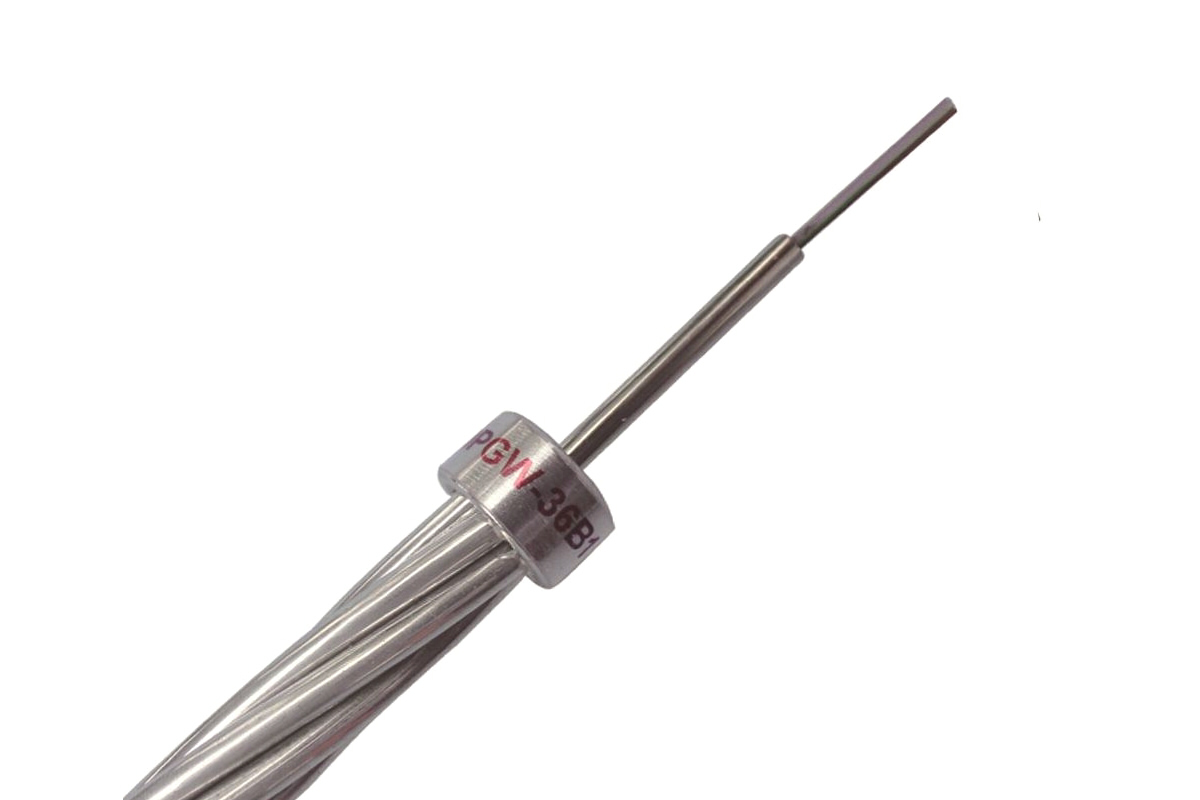In the vast panorama of communication infrastructures, OPGW optical cables play a crucial role in ensuring efficient data transmission. Nevertheless, its performance in extreme conditions, particularly in severe cold environments, It is an aspect that deserves careful attention.
Table of Contents
- Performance study of optical cable in extreme cold conditions of -70℃
- Application of low temperature resistant optical cables in Qinghai-Tibet DC Interconnection Project
- Conclusion
Performance study of optical cable in extreme cold conditions of -70℃
In 2016, led by State Grid Information & Telecommunication Co., Ltd. from China, in collaboration with renowned manufacturers and research organizations, A study was carried out on the low temperature performance of optical cables and their metal accessories. Laboratory tests were performed in low temperature environments, preliminarily exploring its technical application in extreme conditions of -70℃, and an initial communication solution was proposed for the construction of the global energy network.
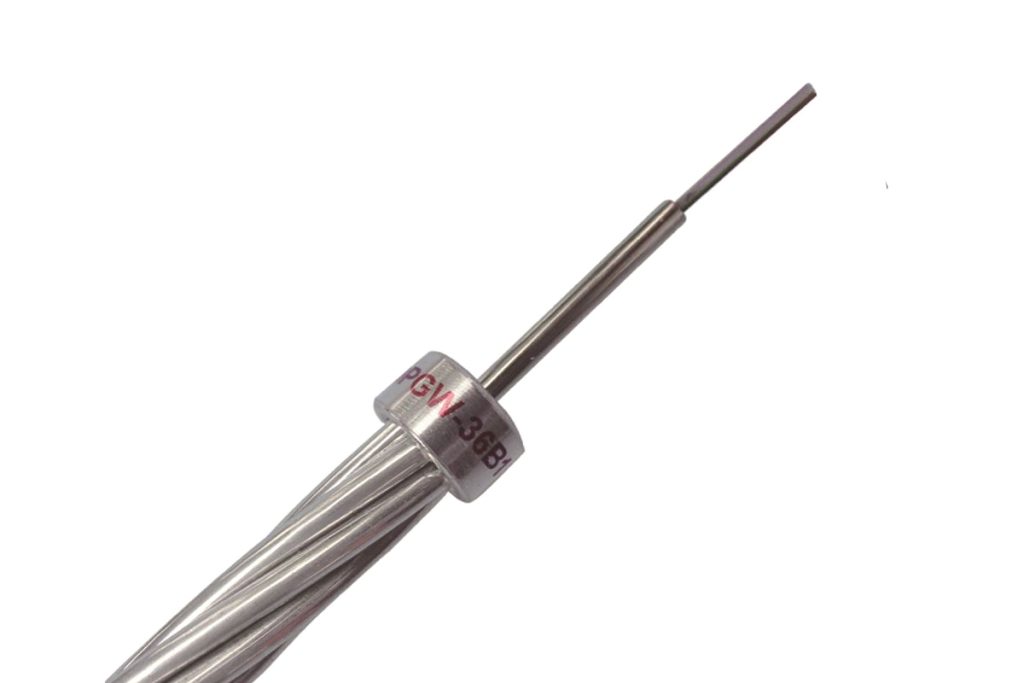
Analysis of the performance of optical fibers and optical cables at -70℃
Test materials
A total of 8 types of G.652 optical fibers for analysis, the first six being used to measure the loss in optical fibers and the last two to measure the loss in optical cables.
Loss tests on optical fibers at low temperatures
Regarding the low loss temperature characteristics of optical fibers, This project mainly focused on three aspects: Low temperature loss characteristics during continuous cooling, low temperature loss characteristics during continuous heating and sustained low temperature loss characteristics.
In continuous cooling tests, No.1 showed significantly higher loss variation compared to other optical fibers. No.2 and No.5 experienced an abrupt increase in loss in the range of -50℃ to 20.3℃. The rest of the optical fibers for signals showed relatively stable loss changes in the range of -50℃ to 20.3℃. When the temperature dropped to -55℃, all optical fibers experienced an increase in loss. And when the temperature dropped below -60℃, the loss increased significantly. This meant that most optical fibers did not meet the requirements for use..
In continuous heating tests (-70℃ a -55℃), all six optical fibers showed an overall decrease in relative loss, indicating that the loss caused by the decrease in temperature is reversible and will decrease correspondingly when the temperature rises again.
Loss testing on optical cables in extreme cold conditions
For the low temperature loss characteristics of the cable OPGW aéreo, Primary tests include comparison of low temperature loss characteristics after wire forming with different gel compounds, Comparison of low temperature loss characteristics after cable forming with different metal tube materials, and the comparison of low temperature loss characteristics between gel filled cables with optical fibers and cables without gel filled with optical fibers.
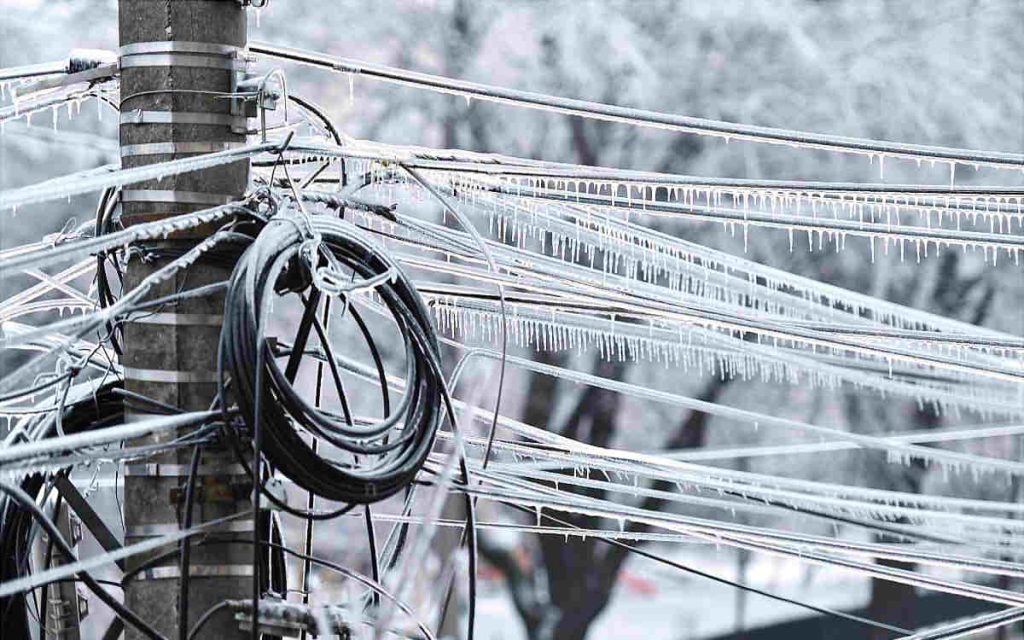
When comparing the loss characteristics of gel-filled cables with optical fibers and cables without gel-filled optical fibers, It is observed that in extreme low temperature environments, Using other hydrophobic materials instead of gel compounds improves cable loss characteristics. Namely, cables without gel compounds have better performance in low temperature resistance. And when comparing the loss characteristics of cables made with different gel compounds, It is observed that when the temperature is higher than -50℃, the performance of domestic gel compound and imported gel compound are very similar. Nevertheless, when the temperature drops below -50℃, the performance of imported gel compound is noticeably higher than that of domestic gel compound. When comparing the loss characteristics of cables made from different tube materials, It is discovered that in extreme low temperature environments, the performance of the cables made of aluminum tubes is superior to those made with steel tubes.
Analysis of the performance of metal accessories of optical cable under extreme conditions of -70℃
Factors limiting the performance of metal optical cable accessories in low temperature environments
Research has identified specific factors that limit the performance of metal optical cable accessories under low temperature conditions., through an exhaustive study of various types of metal accessories.
Measures to improve the low temperature resistance of metal accessories of optical cables
Since there are still no standards for low temperature performance testing of metal accessories for optical fibers in extreme cold conditions, the project has not carried out tests. Nevertheless, Some solutions and recommendations have been proposed for future research and low temperature resistance testing of metal accessories of the optical cable.. First, It is suggested to redesign and optimize the structure of the optical cable metal products and select appropriate manufacturing processes.. In second place, The need to investigate methods and conditions to test the metallic accessories of the optical cable in extreme cold conditions is highlighted., as current temperature cycling testing conditions under existing standards do not address the extremely low temperatures associated with frigid climates.
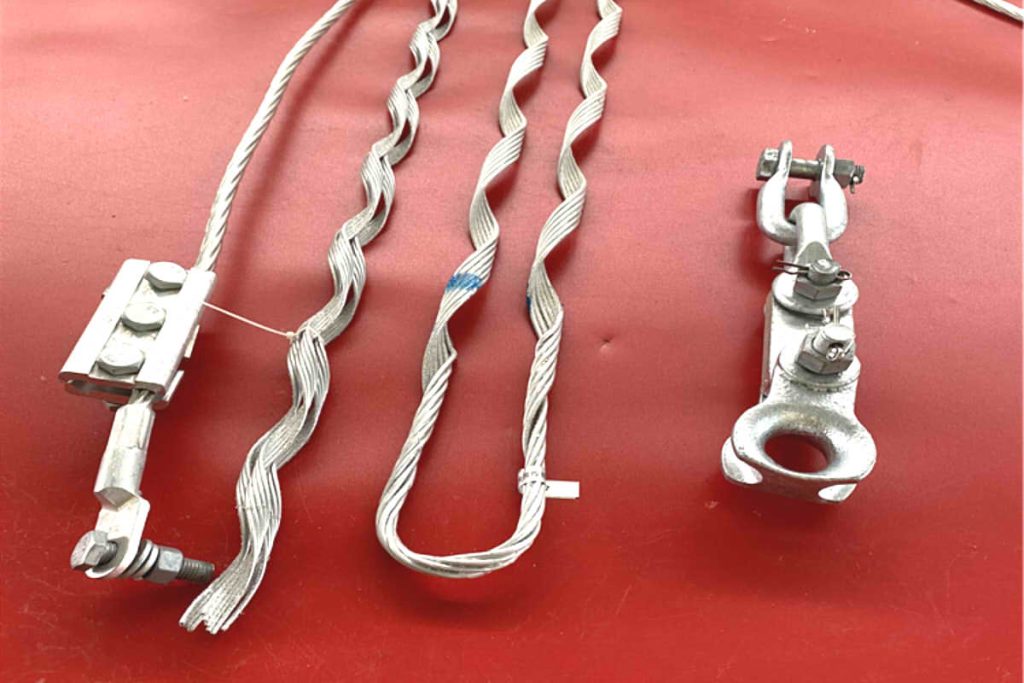
Application of low temperature resistant optical cables in Qinghai-Tibet DC Interconnection Project
OPGW Line Optical Cables of DC Interconnection Project Qinghai-Tibet ±400 kV is the first long-distance air communication line in China operating at high altitudes and extremely low temperature regions. The Qinghai-Tibet Plateau is known as the “roof of the world” and the “third pole of the earth”. The total line length of Qinghai-Tibet Direct Stream Interconnection Project is of 1038 km, with an average altitude of 4500 m and a maximum altitude of 5300 m. The temperature varies between -55℃ and +60℃, with large diurnal fluctuations and windy and sandy conditions.
Main Technical Requirements for OPGW in Qinghai-Tibet Direct Current Interconnection Project
The project establishes strict requirements for optical fiber loss and additional loss due to temperature changes in the OPGW used. These requirements are as follows:
- The loss of fiber optic cable at a wavelength of 1550 nm should be ≤0.18 dB/km.
- The use temperature of the OPGW environment must be able to meet a minimum of -55℃.
- The variation of optical fiber loss of OPGW in the temperature range of -55℃ to +65℃ should be <0.01 dB/km.
Key technologies addressed in the development of the OPGW
Ultra Low Loss Fiber Optic Selection
- Ultra low optical loss
- Ultra low PMD value (Polarization Modal Dispersion)
Selection of low temperature resistant optical grease
The project collaborated with three optical grease manufacturers to develop a new optical grease material resistant to extremely low temperatures. After testing, A2 optical grease was finally chosen as the product actually used in the project..
Optimized design of additional fiber optic length
A series of OPGW optical cables were produced using the low temperature resistant A2 optical grease with outer diameters of 2.5 mm and different additional lengths of stainless steel optical fiber. The total length of the cables was approximately 3000 m. Following the OPGW structure of the Qinghai-Tibet Direct Current Interconnection Project and using the same twisting process, the additional loss in each pass of G.652D and ULL fiber was less than 0.01 dB/km. In the range of -55℃ to +65℃, the additional loss of the optical fiber was less than 0.01 dB/km, meeting line usage requirements.
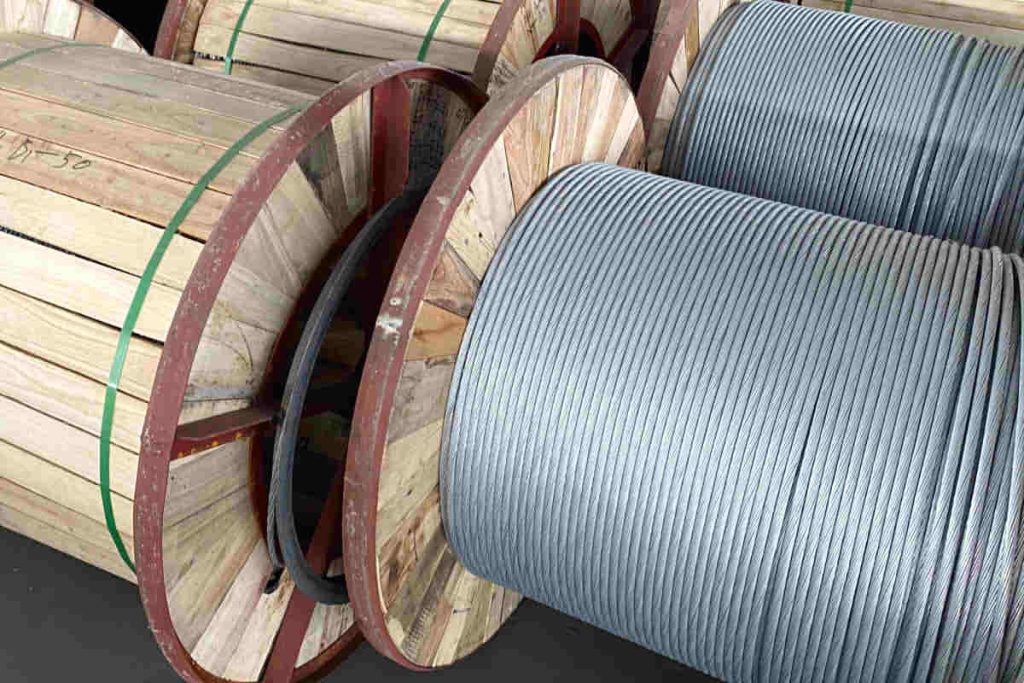
Study of the performance of complementary metal accessories of the OPGW at -55℃
- Low Temperature Grip Test of Tension Clamps and Suspension Clamps:
Low temperature grip tests were performed on tension clamps and suspension clamps to evaluate their performance in extreme conditions of -55℃.. - Loss variation in OPGW fiber optic joints at -55℃:
The variation of loss in OPGW fiber optic joints at a temperature of -55℃ was studied..
Technological achievements of the project
The Qinghai-Tibet Direct Current Interconnection Project, the ±400 kV, was put into operation in November 2011 and has been operating stably for 5 years. Through research and practical application in the project, The following technological advances have been achieved:
- OPGW cable loss with ultra low loss level:
The loss of OPGW optical cables with ultra-low loss is significantly lower than that of conventional G.652D optical fibers.. - Additional optical fiber loss control at -55℃:
After processes such as coloring, tube forming and cable forming, The increase in loss of optical fiber with ultra low loss level can be controlled in 0.01 dB/km. The final loss of the optical fiber can be controlled in 0.18 dB/km, which is significant for long distance communications. - Careful selection of optical grease resistant to -60℃:
Manufacturers of OPGW optical cables should choose optical grease resistant to temperatures as low as -60℃ and properly control the additional length of the optical fiber to ensure that all the performance characteristics of the OPGW meet the requirements of the line under extremely cold conditions.. - Additional fiber optic loss in extreme temperature environments:
For OPGW with ultra-low loss and resistance to extremely low temperatures, the additional loss of optical fiber at temperatures from -60℃ to +80℃ is ≤0.01 dB/km compared to 20℃. - Considerations for OPGW with ultra-low loss:
OPGW manufacturers should consider the increase in dynamic and static bend radii and optimize OPGW packaging design when using ultra-low loss optical fiber..
Conclusion
The results obtained from this study have led to significant advances in the technology of OPGW low temperature resistant optical cables.. The successful application of these cables in the Qinghai-Tibet Direct Current Interconnection Project, that operates in extreme weather conditions, demonstrates the feasibility and effectiveness of the proposed solutions. These technological achievements not only benefit energy infrastructure, but also open new possibilities for applications in other areas facing similar challenges..

